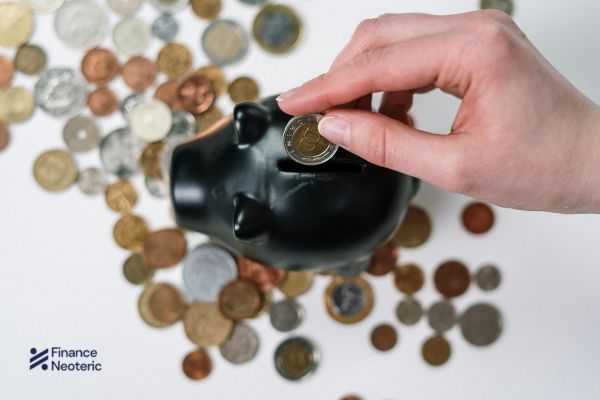What is the Difference Between Saving and Investing?

Managing your personal finance well requires knowing when to save and when to invest. While both involve setting aside money, the differences between saving and investing lie in their purpose, level of risk, and potential returns. Understanding these differences helps you make smarter and more informed money decisions.
What is Saving?
Saving is the act of setting aside a portion of your income for future use. This money is usually kept in a safe and accessible place like:
- A savings account
- Fixed deposits
- Recurring deposits
Purpose of saving:
- Emergency fund
- Short-term goals like a vacation or gadget purchase
- Monthly expenses buffer
Characteristics:
- Low risk
- Low return
- High liquidity (easy to access anytime)
Also Read:- How to Save and Invest Smartly?
What is Investing?
Investing is putting your money into assets like stocks, bonds, mutual funds, real estate, or gold with the aim of growing it over time.
Purpose of investing:
- Long-term goals like buying a house or retirement
- Wealth creation
- Beating inflation
Characteristics:
- Moderate to high risk
- Potential for higher returns
- Less liquid than savings
When Should You Save?
- For emergency funds
- For planned expenses within a year
- When you need guaranteed access to money without losing value
When Should You Invest?
- When you have a solid emergency fund
- For long-term goals (5+ years)
- When you’re comfortable with some level of risk
Saving and investing are both essential pillars of personal finance. Start by building a habit of saving, then gradually move towards investing to grow your wealth. The key is balance save to stay secure and invest to grow.
Stay connected with FinanceNeoteric on WhatsApp Channel for expert coverage and in-depth financial stories.
Disclaimer: This post is for general informational purposes only. It does not constitute financial advice. Please consult a qualified professional before making financial decisions.













